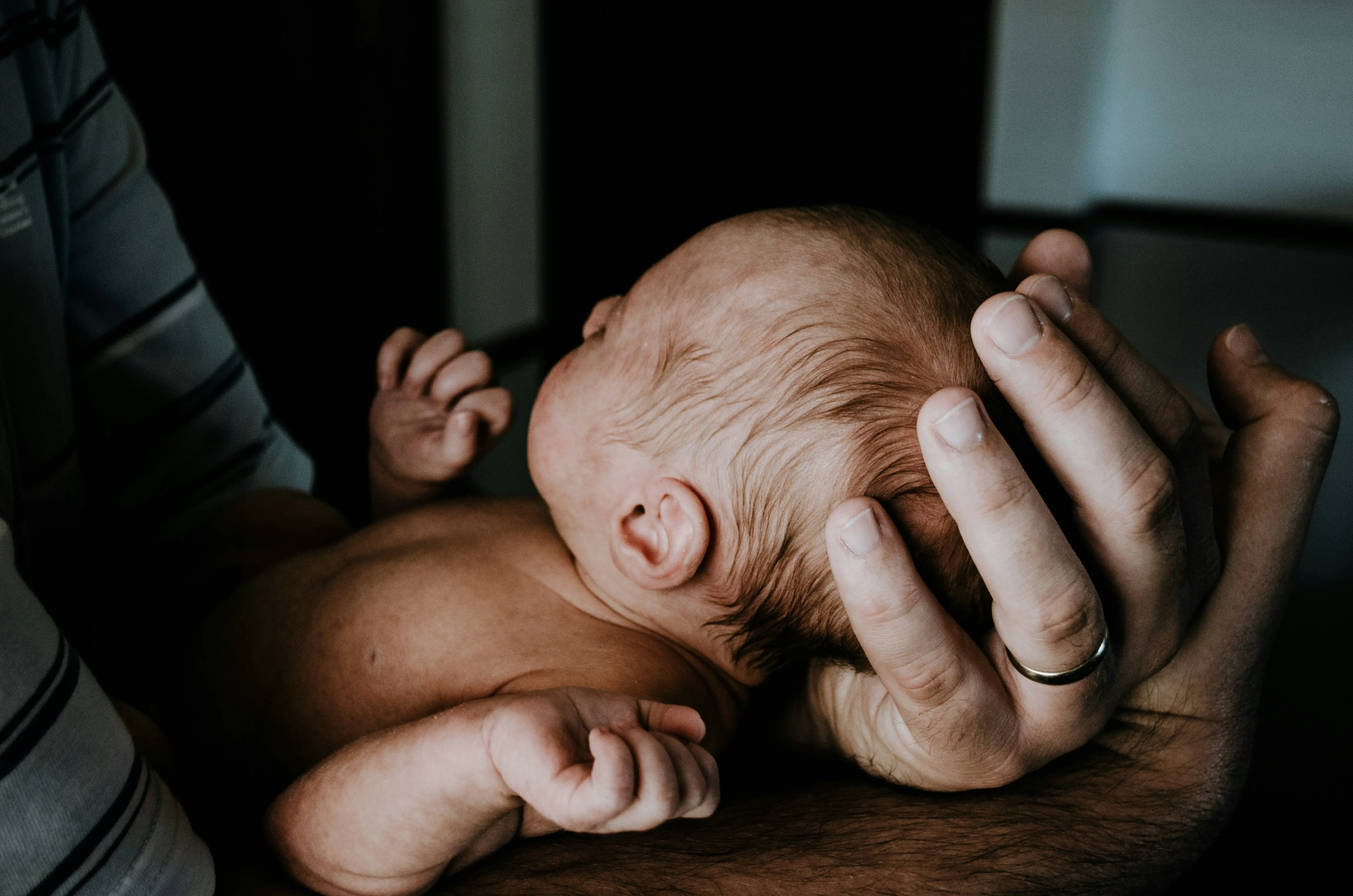A 50-Year-Old Problem Finally Solved: New Device Could Save Babies From Birth Asphyxia

For over half a century, fetal monitoring technology has remained largely unchanged, until now. Researchers at the University of Western Australia have unveiled a groundbreaking device that could revolutionize how doctors detect and respond to oxygen deprivation in babies during labour, offering a lifeline for countless newborns at risk of serious complications.
Birth asphyxia, the condition where a baby receives insufficient oxygen during delivery, is a leading cause of neonatal death and long-term neurological disabilities such as cerebral palsy. Despite advances in neonatal care, early detection of this critical danger has eluded clinicians, partly due to the limitations of existing fetal monitoring methods.
The newly developed device, described as the first significant breakthrough in fetal monitoring in 50 years, provides immediate, accurate readings of fetal oxygen levels during labour. Unlike traditional monitoring tools that infer oxygen status indirectly, this technology offers a direct, real-time window into a baby’s wellbeing, empowering medical teams to act swiftly and decisively.
“Current fetal heart rate monitors are like listening to the baby's heartbeat through a wall,” explains Dr. Sarah Miller, a lead researcher on the project. “Our device is more like stepping inside the room and seeing exactly how much oxygen the baby is getting. This precision is game-changing.”
At the heart of the innovation is a non-invasive sensor that uses advanced optical and biochemical techniques to measure oxygen saturation with unprecedented accuracy. This allows healthcare providers to detect subtle changes before they escalate into emergencies, potentially preventing brain injury and other devastating outcomes.
Clinical trials have shown promising results, with doctors able to identify fetal distress earlier and with greater confidence than ever before. In addition to improving outcomes, the technology could reduce unnecessary interventions like emergency cesarean sections by distinguishing true distress from false alarms.
Beyond hospitals, the device holds promise for use in remote or low-resource settings where access to sophisticated neonatal care is limited. Early warning of oxygen deprivation could mean the difference between life and death in such contexts.
The implications extend beyond the delivery room. By safeguarding the brain health of newborns, the technology could reduce the lifelong emotional and financial burdens families face when caring for children with cerebral palsy and related conditions.
Experts hail this invention as a paradigm shift, a rare leap forward that combines cutting-edge science with practical clinical application.
“The potential to save lives and prevent disability on a global scale is enormous,” says Professor James Collins, an obstetrics specialist not involved in the study. “It’s a long-overdue breakthrough that could redefine standards of care in childbirth.”
With regulatory approvals underway, the team hopes to see widespread adoption within the next few years. For parents and healthcare workers alike, the device offers a new level of reassurance in one of life’s most critical moments.